Last week we looked at the 5 Niyama’s listed in Patanjali Yoga Sutra II.32. They are concepts as well as things to be practiced!
sauca – (cleanliness) , purity of the body, mind and behavior which results in a disinterest of sensuality. Then the drive towards a spiritual outlook is nurtured. Plus sauca transforms a wandering mind into a joyfull awareness that is needed to realize the Self.
santosa – contentment which is achieved by discipline practiced of sauca which then brings a type of benevolent consciousness that when developed leads towards tapas
tapas – fervent disciplined practice that burns away all impurities and further sparks us towards spirituality
svadhayaya – objective study of the Self, and the “little self” in reference to some higher authority. When we practice svadhyaya we are told we will develop an understanding of, and communication with, our chosen deity.
Isvara pranidhana – surrendering all yogic practices to the Lord will bring us closer to a unified state of Samadhi
We noted that the last 3 niyamas listed above are also considered the 3 components of Kriya Yoga, or the Acts of Yoga. Kriya Yoga is the first idea put forth in the second chapter of the Patanjali Yoga Sutra, the Sadhana (practice) Pada.
As we worked on forward bends and arm balances and other difficult asanas it became clear that a “clean” approach to the practice would result in optimal cleansing results, which inspires a sense of contentment. The challenges of practice, especially new and difficult asanas, needs a strong sense of discipline (tapas), objective study (svadhayaya), and a surrender of ego and desire to the Lord (Isvara pranidhana).

